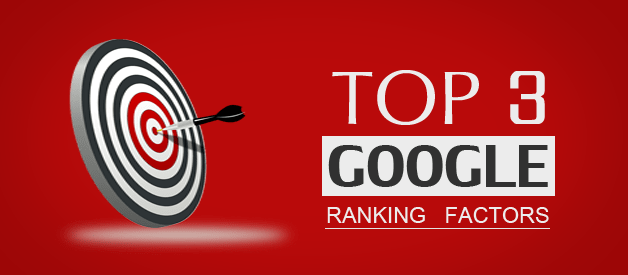Many marketers, commercials, and entrepreneurs today seek to increase their online traffic and convert their users into customers. Some see content marketing as a good opportunity to achieve it and others opt for Inbound Marketing.
However, many companies do not know what each strategic path consists of, they start to launch it almost blindly, and after three months they decide to leave it since they do not achieve the desired results.
So that it does not happen and you can select the option that best fits your business, let’s get the clarification on these two concepts:
What is content marketing?
Content marketing is a strategy based on creating different types of quality content (blog articles, e-books, infographics, videos, etc.) and sharing them on different platforms to attract and convert a specific target audience.
What is the use of content marketing?
The main challenges that Content Managers face are:
- Increase the notoriety of a brand or reinforce its image.
- Have a greater number of followers in the RRSS or subscribers to the newsletter.
- Increase your web traffic.
- Improve your SEO.
- Get more leads.
- Turn your customers into brand ambassadors.
- Increase your average basket.
- Position yourself as a benchmark in your sector.
What is Inbound Marketing?
Inbound Marketing can be defined as a series of tactics of non – intrusive to attract, convert and retain marketing to customers. Nowadays it is the most complete methodology that exists so that companies can adapt their strategy according to their target audience, called Buyer Persona, and their way of buying products or online services.
The first to speak of Inbound Marketing was Brian Halligan, the co-founder of HubSpot, in the year 2005.
The key to Inbound is to deliver content at the right time to the perfect user: that way we can convert it into a lead (contact) and we can nurture it with lead chains (lead nurturing), qualify it (lead scoring ) and when we consider it is ready to buy, we derive it to the commercial team.
Through this technique, companies aim to get users without interrupting them during their browsing time. The Inbound encompasses many tactics and one of them, the most important of all, is content marketing.
What is Inbound Marketing for?
Here you will find some examples explained by Vander Deeman, the owner of WBS: black bomber jackets manufacturer in Atlanta, of objectives that Inbound Marketing professionals try to achieve:
- Increase your web traffic in a segmented way.
- Accompany the user during all stages of their purchase process (Buyer’s Journey)
- Resolve your doubts.
- Propose solutions to your problems.
- Offer the content at the right time to the perfect user (Buyer Person)
- Get more leads and qualify them.
- Nourish the leads to convert them into customers.
- Increase the number of clients.
- Loyalty consumers and transform them into brand ambassadors.
- Establish a relationship of trust with customers.
- Increase your average basket.
- Get more followers in the RRSS or subscribers to the company’s newsletter.
- Improve your SEO.
How to choose between content marketing and Inbound Marketing?
To be able to answer this question, you have to:
- Know the resources you have: Inbound is more expensive than content marketing since it is a much more complete method that encompasses numerous techniques to attract, convert and retain customers. Whether internal or external resources, it requires more time and dedication than a content strategy.
- Perform an analysis of the environment: thanks to a SWOT analysis you can know what your strengths, weaknesses, threats, and opportunities are against the competition. If your competitors are very strong and have a very powerful digital strategy, content marketing may not be enough to differentiate you and you need Inbound.
- Define your goals: do you want to get more traffic, more leads or build a brand (branding)? Over the years it has been observed that with content marketing, fewer leads are achieved than with Inbound: we use specialized software such as HubSpot, Marketo or Oracle to develop a marketing automation strategy with lead nurturing, lead scoring, smart lists, etc.
- Know if you want to get immediate results or not: it is important to clarify one thing, be it with one strategy or another, you will notice the long-term results (minimum 3 months) provided that you are constant and organized throughout the process.
Here is a detailed infographic.
The content marketing is the main tool for Inbound Marketing, so you cannot develop a strategy Inbound without content. However, you can create content without an Inbound Marketing strategy, but you will not achieve a high user lead conversion rate.
So, what do you think about Content Marketing and Inbound Marketing?






helpful article. I got some new info from this article. yes, content marketing helps businesses to scale up their business. I am a little new to inbound marketing.
Nice article sir.. This is very informative for us…
Glad if that helped Akash. have a great day!
Nice breakdown, Navin. Go with what you feel passionate about. I love creating content so know what works for me ?